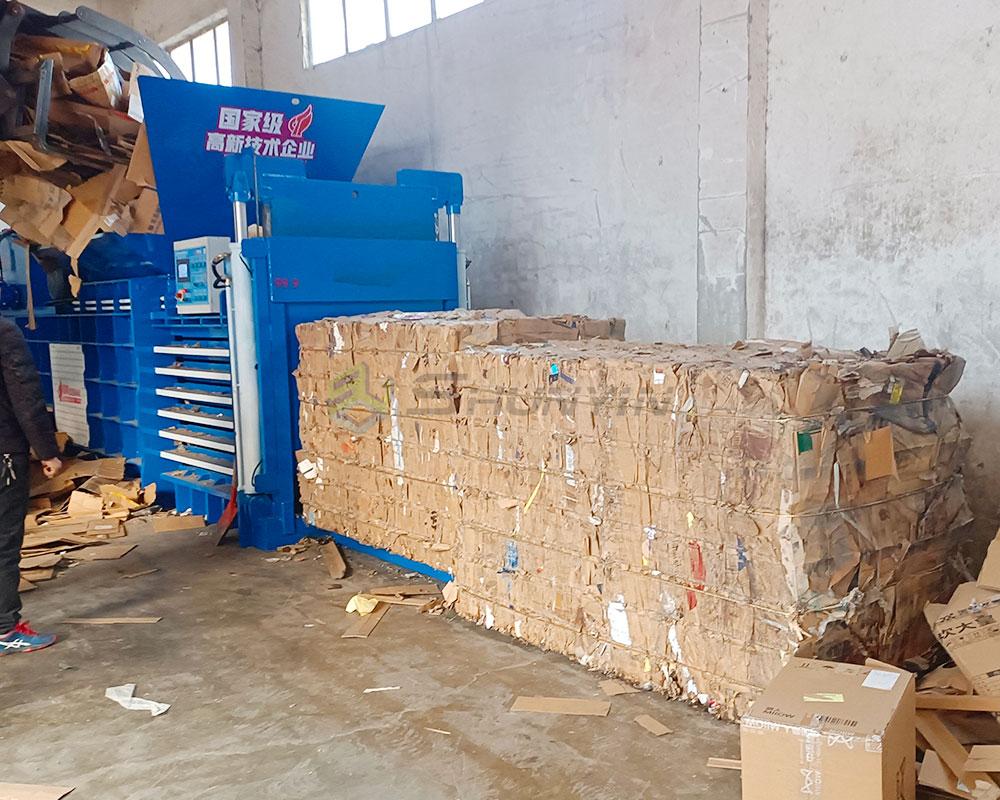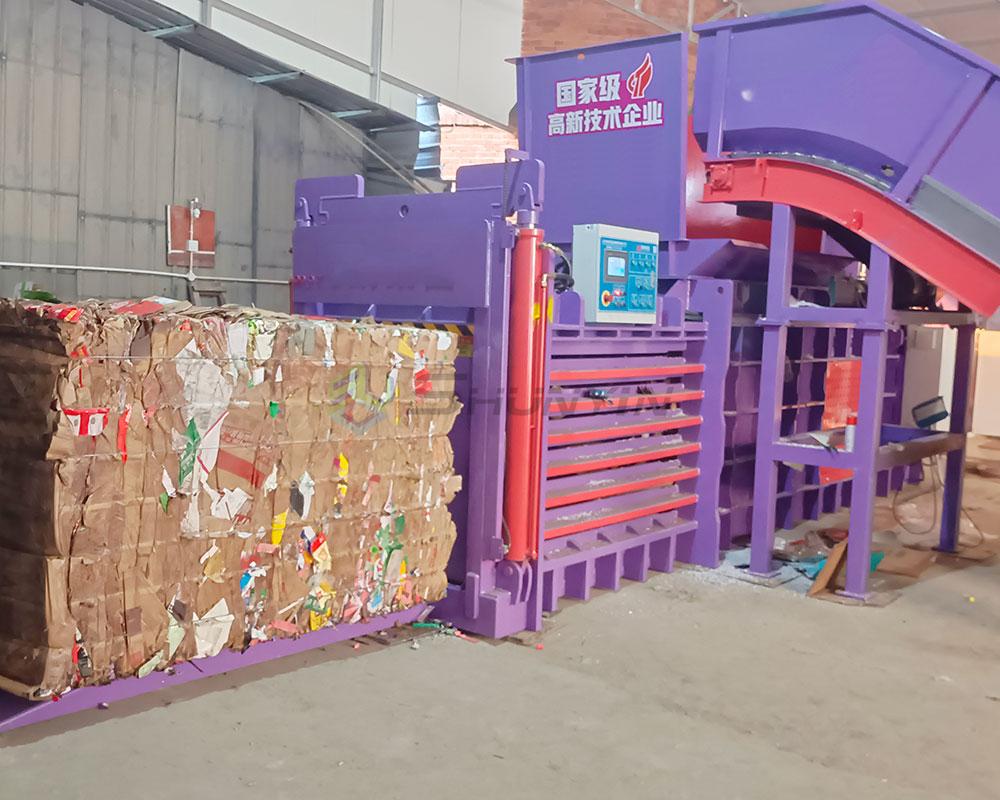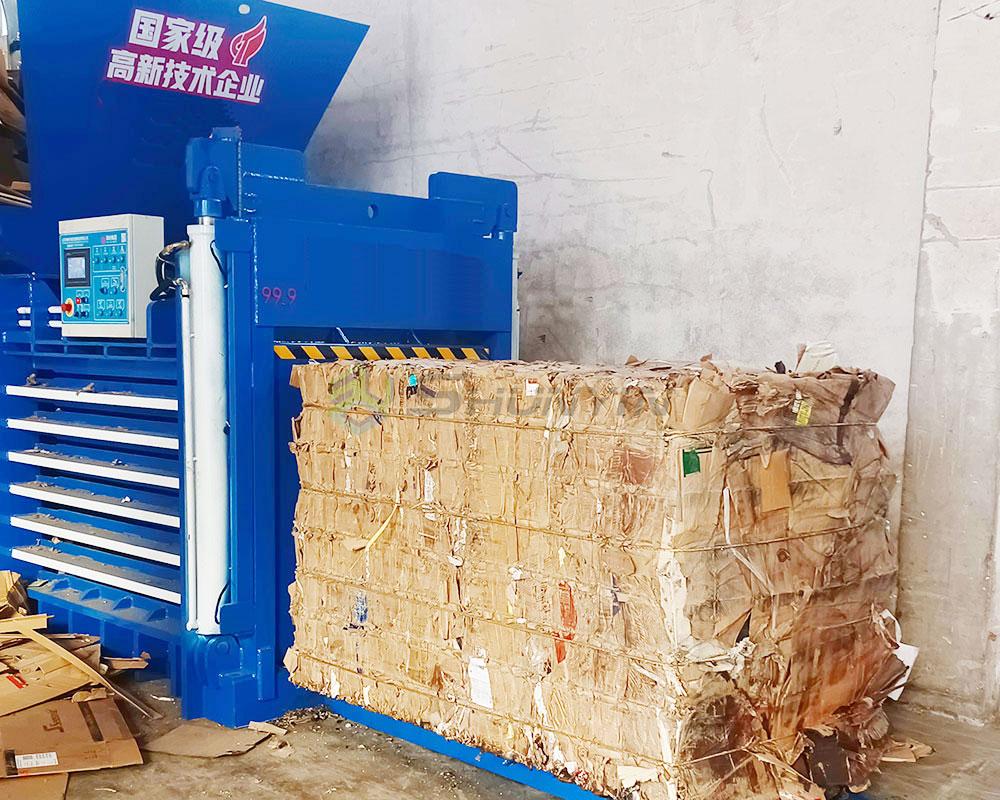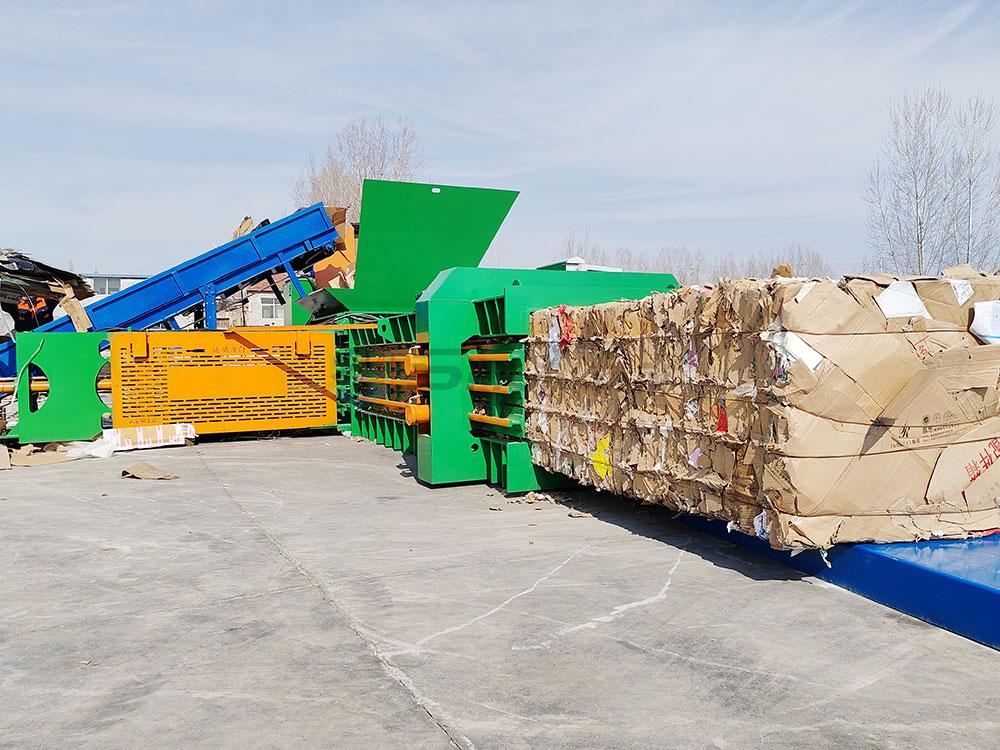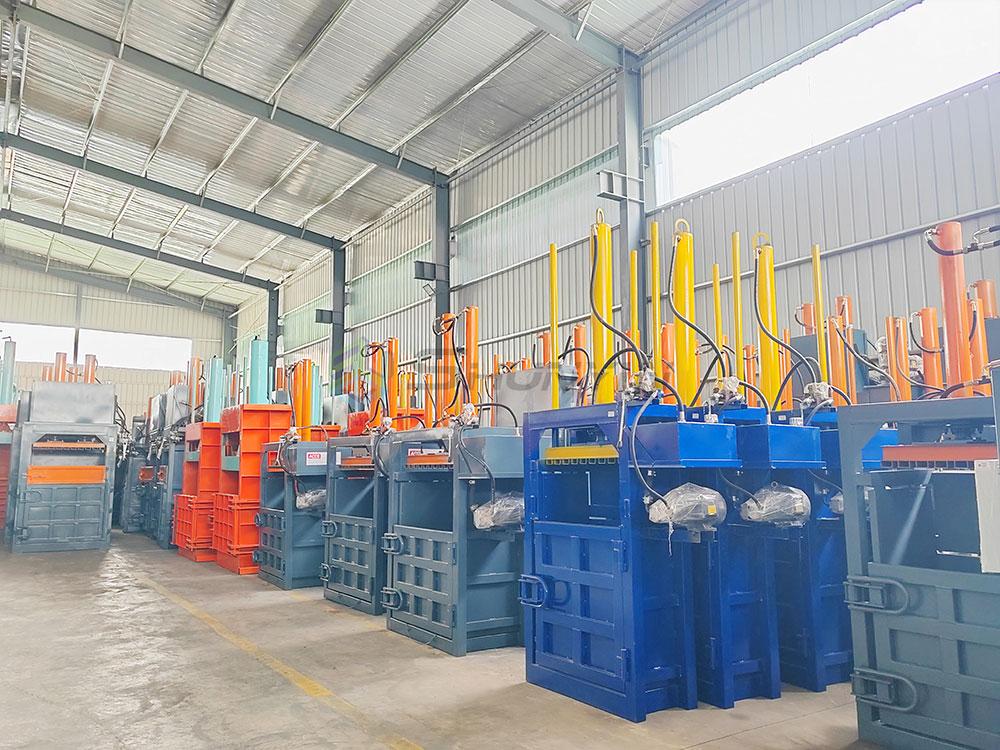Waste paper processing efficiency is low?
800 tons/day horizontal baler, compression cost reduced by 60%
✅ CE+OSHA compliance certification | ✅ 1-button operation, smart touch screen | ✅ Lifetime after-sales service + 3-year warranty
Meta: Discover how a horizontal cardboard baler can transform your waste management process – reduce costs by up to 60%, improve OSHA compliance, and maximize recycling revenue.
Why Businesses Are Switching to Horizontal Cardboard Balers
Three years ago, a mid-sized e-commerce warehouse in Ohio was drowning in cardboard waste. Their old vertical baler required two workers to manually feed materials, created inconsistent bale sizes, and frequently jammed during peak hours. After switching to a horizontal cardboard baler, they reduced labor costs by 40% and increased recycling revenue by compressing denser bales (1.2 tons per cubic meter vs. 0.8 tons previously).
This isn’t an isolated case. Across industries like logistics, manufacturing, and retail, companies are adopting horizontal balers to tackle three critical challenges:
- ✅ Space constraints (Horizontal balers occupy 30% less floor space than vertical models)
- ✅ Labor shortages (Semi-automatic feeding systems cut manual work by 50%)
- ✅ Rising waste disposal fees (High-density bales can fetch 15-20% higher prices from recyclers)
Key Features That Define a High-Performance Baler
Not all horizontal balers deliver the same ROI. Here’s what to prioritize based on conversations with industry experts and OSHA compliance officers:
1. Hydraulic Power & Pressure Control
- Look for 15-30 ton pressing force models (Ideal for compact cardboard/plastic blends)
- Variable pressure settings prevent material blowouts. Example: Adjust from 12 psi for lightweight boxes to 22 psi for wax-coated packaging.
2. Safety Mechanisms OSHA Inspectors Actually Check
- Emergency stop buttons (Must be yellow and within arm’s reach per OSHA 1910.212)
- Infrared light curtains (Halts operation if hands enter compression zone)
- Lockout/Tagout (LOTO) compatibility (Third-party verified systems reduce audit risks)
3. Bale Density & Size Optimization
- Target ≥1.1 tons/m³ density to qualify for premium recycling rates
- Standard bale dimensions should match regional requirements:
- North America: 48″ x 30″ x 48″ (Fits 53’ trailers)
- Europe: 120cm x 70cm x 80cm (Optimized for EPAL pallets)
Hidden Costs You Might Miss (And How to Avoid Them)
Many businesses focus only on upfront prices but get hit with unexpected expenses. Here’s a breakdown from a recent Arizona recycling plant’s audit:
| Cost Factor | Low-End Model | Premium Horizontal Baler |
|---|---|---|
| Energy Use | 8 kW/hr ($1,920/year) | 3.5 kW/hr ($840/year) |
| Downtime Repairs | 18 hours/month | <4 hours/month |
| Training Time | 8-10 hours per operator | 2 hours with VR simulations |
Pro Tip: Ask suppliers for EU-certified noise levels under 75 dB. Facilities exceeding OSHA’s 85 dB threshold will need expensive hearing protection programs.
Case Study: How a Grocery Chain Saved $214K Annually
Challenge: A California-based supermarket generated 12 tons of cardboard weekly. Their vertical baler required constant monitoring and produced loose bales rejected by local recyclers.
Solution: After installing a HORIZON-X3 horizontal baler with:
- Auto-tie function (Reduced baling time from 8 to 2.5 minutes)
- IoT-enabled diagnostics (Predictive maintenance cut repair costs by 65%)
Results in 6 Months:
- $82,300 saved in labor (1 operator → 0.5 FTEs)
- $97,450 added revenue from upgraded bale quality
- 34% fewer OSHA reportables (Zero incidents since 2022)
5 Actionable Steps to Choose Your Baler
Follow this checklist when evaluating suppliers:
- Request a material test:Send 200 lbs of your actual cardboard waste for a free compression demo.
- Verify warranty terms:Opt for “no-questions-asked” coverage on hydraulic systems (≥5 years ideal).
- Check compliance docs:Legitimate OSHA-compliant balers will have NRTL certification marks (UL, ETL).
- Calculate total ROI:Use this formula:<TEXT>
(Monthly recycling income × density improvement) – (Energy + Labor costs) - Insist on local service:Choose brands with ≤100-mile service radius to avoid 3-week wait times.
FAQ
Q:Can horizontal balers handle plastic film or foam packaging?
A:Limited capability. For mixed materials (e.g., cardboard+stretch wrap), request a dual-pressure system.
Q:How often should hydraulic fluid be replaced?
A:Every 500-800 operating hours. Watch for dark fluid color or metal particles – critical warning signs!
Q:Are government rebates available?
A:33 US states offer 15-30% tax credits for OSHA-compliant recycling equipment. Check DSIRE database.
Final CTA: Ready to cut your waste expenses? [Download our Bale Density vs. Profit Calculator] to see your potential savings.

